李显龙:世界回到二战后时期,有三个观点,一点谬误
【编者按】授权转载自“玮观世界”,欢迎关注。新加坡总理李显龙在8月3日以视频方式出席2021年美国阿斯彭安全论坛(Aspen Security Forum)的第一场对话,针对国际合作、中美关系以及全球化进程等热点话题,与《纽约客》杂志撰稿人欧逸文对话。(英文全文见最后)
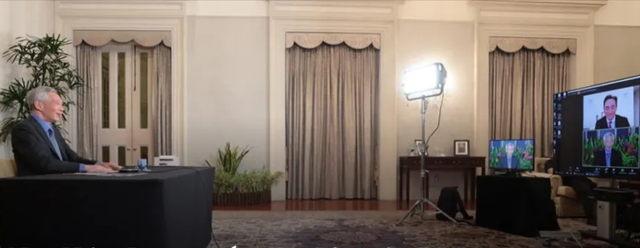
关于国际合作,李显龙指出新冠疫情引发了大国之间相互指责。目前,中美就病毒从何而来,谁该受到指责喋喋不休。许多国家的人民感到越来越焦虑和不安全,这是一种病态情绪。
他指出新冠疫情并没有像911事件一样促使世界各国为了反恐而相互合作,反而助长了本土主义情绪,使得全球化进程进一步倒退,仿佛回到接近第二次世界大战之后的情况。
大家可以好好感悟这句话,那2021-2030年是否意味是二战之后的美苏冷战的“新冷战”呢?其实李显龙的观点就是逐步滑向这种博弈!
关于美国的地区观,李显龙认为美国已经回到了更传统的外交政策,期待可靠和可预测的美国,这将为国际秩序提供一个稳定的环境。李显龙认为美国重新强调多边主义,并重新关注其全球盟友和伙伴网络,不仅仅是亚太地区,全世界都有一种明显的宽慰感。可以看到,美新关系的紧密性还是要超过中新关系的。
关于中美关系,李显龙认为美国对中国态度出现深刻转变,超越两党并延伸到民众中。他认为,由于中国的战略和经济影响力有所增长,中国的态度也更加自信和强硬,并采取了更加积极的国际立场。中国寻求重塑对自己有利的国际秩序。
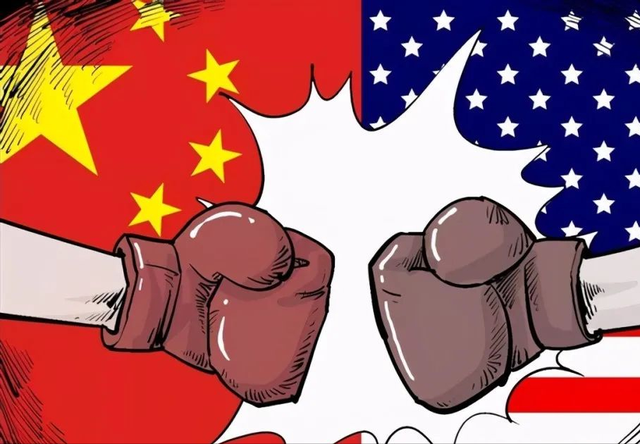
李显龙认为很难扭转目前中美两国关系更加混乱的趋势。对美国和中国来说,重要的是努力相互接触,避免一场对双方和世界都是灾难性的冲突。
关于美国积极回到东南亚,李显龙表示很高兴美国正在积极访问亚太地区的高水平国家。他指出,国务卿布林肯和国防部长奥斯汀访问了日本和朝鲜。奥斯汀部长最近也在新加坡、越南和菲律宾。副总统哈里斯两周后将访问新加坡和越南。这表明美国正在该地区投入大量的财力和资源,并表明它在那里有大量的利益和利益需要保护和推进。
李显龙认为美国在亚太地区不仅是为了确保地区安全和力量平衡,也是为了推进这些利益,推动贸易和投资,发展广泛的跨太平洋关系。他希望美国将继续追求这些目标,并继续在建立一个包容的、基于规则的世界秩序方面发挥重要作用。
在后续的对话中,李显龙又表达了三个观点:
其一,(谬误)李显龙并不认为美国在衰落!美国能够吸引来自世界各地的人,(拥有)巨大的天赋、活力和重塑自我的能力,并且(可能)在看起来长期不可逆转地朝着错误的方向前进之后重新振作起来,说明了美国仍具有竞争力。
其二,李显龙认为中国大陆不会单方面向台湾采取行动,但意外的危险是存在的。总体而言,台湾明天不会有危险,存在中期风险。

维持九二共识是两岸维持关系与展开合作的可行方法,但台湾方面已表态不接受九二共识,而制定替代表述又非常困难。他分析,在这种情况下,中国将最大限度地限制中国台湾的国际空间,但不会在不受冒犯的情况下采取单方面行动,因为这么做风险很高,即便成功,也要付出巨大代价。
其三,李显龙认为美国的立场十分关键。他指出,过去几年里,美国显而易见地增加了与中国台湾的互动,包括军机到访、外交邀请和访问等等,这都会被两岸仔细观察。但李显龙也肯定,本届美国政府的立场“非常谨慎”。
他指出,奥斯汀当时在演讲中对台海问题做出两点重要表态。第一,没有人愿意看到现状被单方面改变;第二,美国将依据《台湾关系法》和美国的“一个中国”政策,支持中国台湾维持自我防卫能力。

Opening Remarks
Happy to talk to you again, and happy to be here virtually with everyone. It is one of the new, hopefully temporary, realities of dealing with COVID-19. Thankfully, many countries are in a better position now, with more people vaccinated. But with the Delta variant spreading, and future variants entirely possible, the way forward will be complicated.
International Cooperation
We had all hoped that the pandemic would prompt countries to work more closely together, just as after 9-11, when there was a period of solidarity and mutual support against extremist terrorism. But unfortunately with COVID-19, it has been quite different. Yes, there has been some cooperation, like on vaccine multilateralism, or the COVAX initiative. And international commerce has also been maintained. But more broadly, COVID-19 has not brought countries closer together; in fact often on the contrary. There was a scramble for critical supplies, like masks and PPEs, and later vaccines. And internationally, the pandemic has spawned recriminations and finger- pointing – where did the virus came from, who is to blame, and so on. Domestically, populations in many countries felt growing anxiety and insecurity, which has fed nativist sentiments.
Regional View of the US
One major international development this past year has been the change of the US Administration. The US has returned to a more conventional approach to foreign policy, a renewed emphasis on multilateralism, and has refocussed on its global network of allies and partners. There is a palpable sense of relief not just in the Asia Pacific, but all round the world. Countries are looking for long term strategic consistency from the US. They hope to sustain this policy not just for now, or the next 2 to 3 years, but for the long term, beyond the mid-terms and the next presidential elections. They hope for a reliable and predictable US, which will provide a stable anchor for the international order, as it has done for so many decades.
US-China
On one central issue, there has unfortunately been continuity, and that is US-China bilateral relations. These became more difficult during the last few years. In the US, this is reflected in a deep shift in attitudes towards China, which is bipartisan, and extends beyond the Administration and the Congress into the population. The same forces constrain and shape the policies of the current US Administration towards China, as shaped by the previous administration. In China too, attitudes have become more assertive and robust. China’s strategic and economic influence has grown. It has taken a more active international stance. It seeks to reshape the international order to its advantage. I think it will be hard to reverse the present trend towards more troubled relations. But many countries still hope that the deterioration in the relationship can be checked. Because many US friends and allies wish to preserve their extensive ties with both powers. No good outcome can arise from a conflict. It is vital for the US and China to strive to engage each other, to head off a clash which would be disastrous for both sides, and the world.
Meanwhile, we are glad that US is actively visiting countries in the Asia Pacific at the high level. Secretary of State Blinken and Defense Secretary Austin have visited Japan and Korea. Secretary Austin was also recently in Singapore, Vietnam and the Philippines. Vice-President Harris is visiting Singapore and Vietnam in a fortnight’s time.
Such high level visits are greatly valued. They show that the US is investing the bandwidth and resources in the region, and shows that it has substantial stakes and interests there to protect and advance.
And the US is in the Asia Pacific not just to ensure regional security and a balance of power, but also to advance these interests, to drive trade and investment, and to grow the broad trans-Pacific relationship. The current mood in the US is not pro-trade, but there are many new opportunities for the US to cooperate with the region, for example in digital trade and green growth. So I hope the US will pursue them, and continue to play a major role in fostering an inclusive, rules-based world order. Thank you.



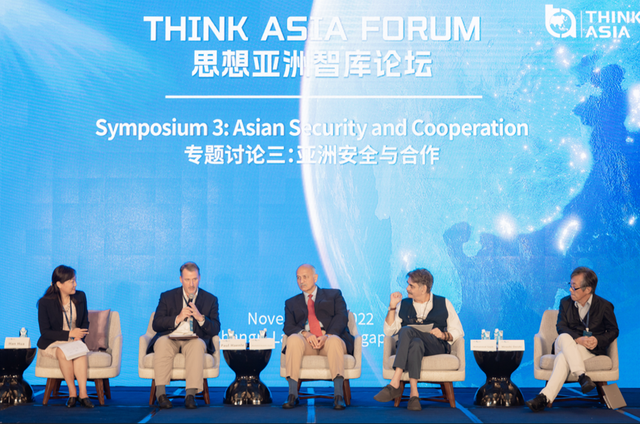
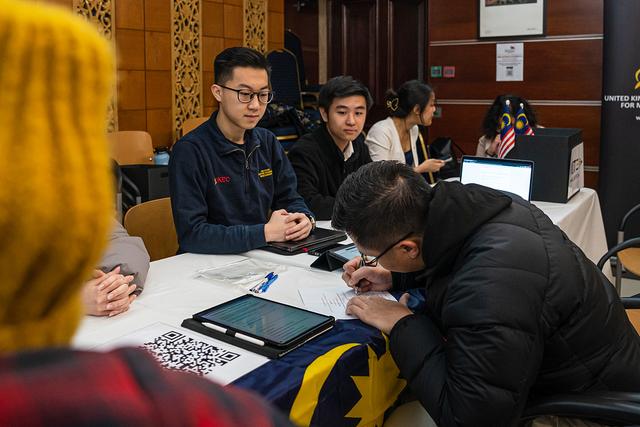


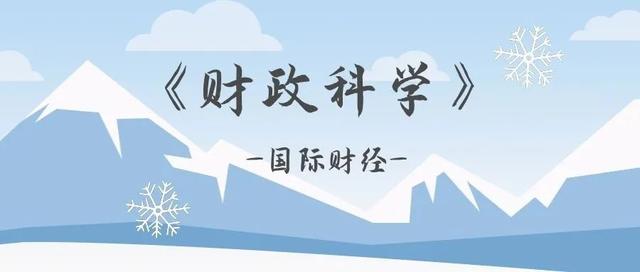
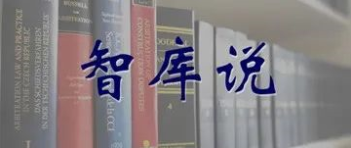













评论